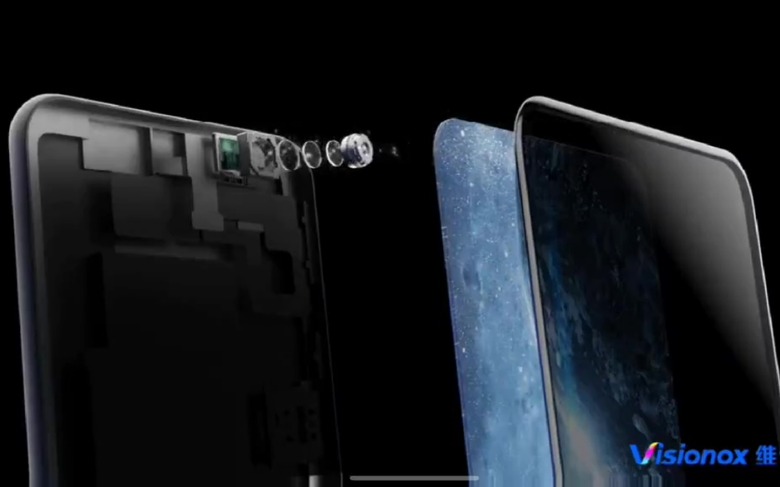Visionox Under-Display Camera Is Reportedly Ready For Production
For a couple of years now, smartphone makers have been on a crusade to banish as much bezel around screens as they can but the biggest problem has always been the all-important selfie camera. Various solutions have been developed to that end, from motorized popup cameras to circular cutouts, but the holy grail has always been an "invisible" camera hiding under the display. Samsung has been expected to be the first to make that a reality but a Chinese display maker is now proudly announcing that it is ready to mass-produce what could be the world's first under-screen camera display solution.
Unlike your typical punch-hole cutout, a proper under-display camera solution would mean that the area of the screen above the camera would remain usable and visible when the camera is not in use. In addition to turning that area transparent or opaque depending on the situation, such a display would also have to make sure that the camera's input won't be affected by the glare coming from the surrounding display.
This was the problem that OPPO said it would be working on but it seems that Chinese display manufacturer Visionox has beaten it to the punch. Of course, the company isn't so forthcoming with details on how it solved it but it involves a combination of using both organic (the "O" in OLED) and inorganic materials to create a transparent area on the display. It also developed software algorithms to address issues like glare and brightness.

Visionox is reportedly ready to start the production pipeline for this technology that it will market as "InV see". The company also makes sure to mention that the technology is protected by dozens if not hundreds of patents, which is often a way of indirectly threatening those that would dare infringe on them.
Visionox may not be that familiar to consumers but the company provides screens for many of Xiaomi's popular smartphones. Whether Xiaomi or other phone makers will bite into this novel new tech is still an open question and it might not be until later this year that we'll find out if that will indeed be the case.
